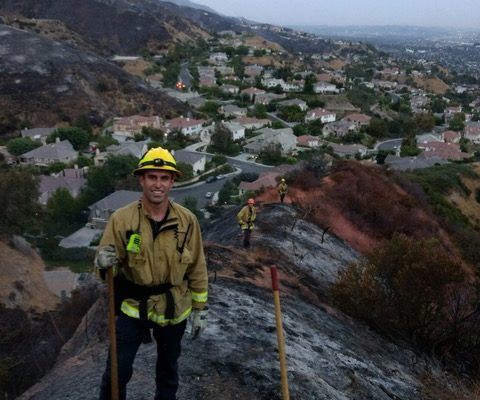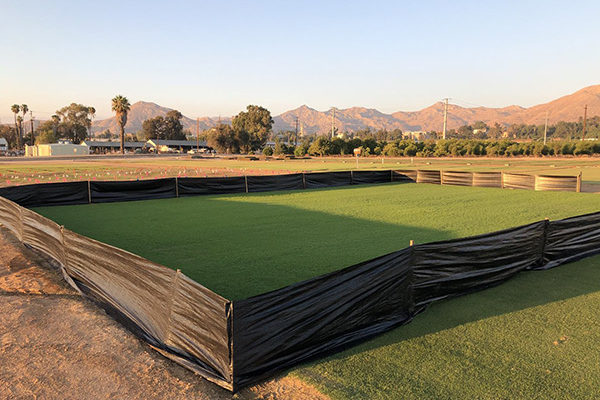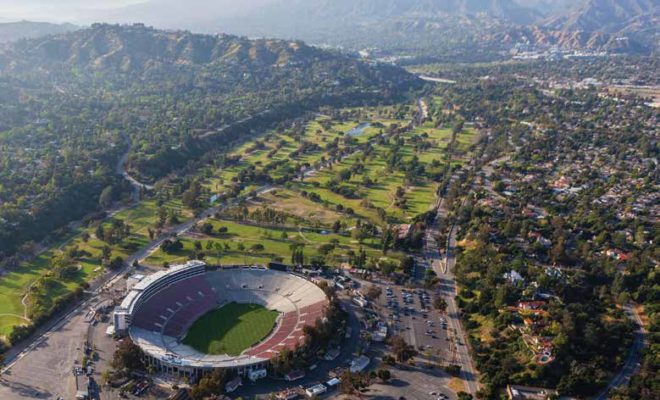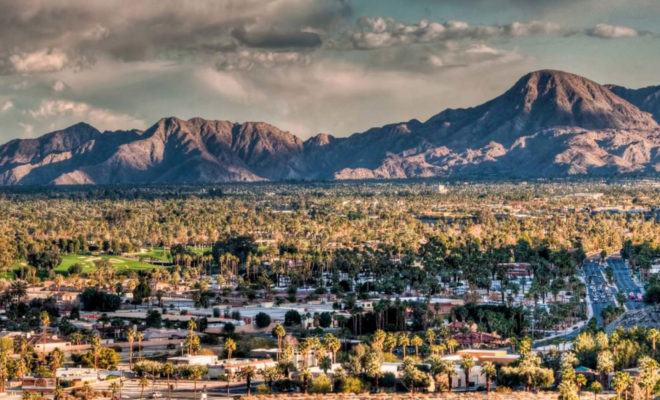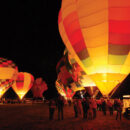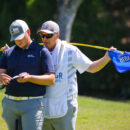Governmental Affairs: The World Has Changed
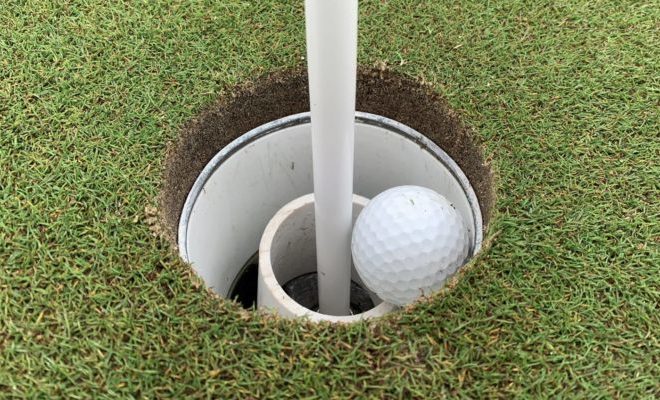
BUT IT’S ONLY ACT I OF A LONG PLAY
IN A SPEECH to the World Council of Churches in 1954, President Dwight D. Eisenhower spoke the following words: “I have two kinds of problems, the urgent and the important. The urgent are not important, and the important are never urgent.”
These words are a good lens through which to view golf’s response to COVID-19. With respect to the “urgent,” it has been an impressive performance. With respect to the “important,” the jury is out.
When it dawned on everyone sometime in early March that the world had just changed, Southern California golf responded quickly and effectively. Unlike so many other outdoor recreational activities, the game landed on an effective strategy immediately.
“Effective strategy” and “immediately” are the key words. Golf persuaded Southern California’s cities and counties from day one that the purely “recreational” form of the game was perfectly consistent with Governor Newsom’s state order and the various city and county orders that were considerably stricter. That’s why those cities and counties opened the golf courses they owned for play in the days following the issuance of their orders.
That didn’t obtain, as visions of New York’s woes danced in their heads, and they responded by shutting everything down. But that didn’t vitiate golf’s case, and because golf practiced great patience in not pressing its hard-won case while the pandemic curve was ramping sharply upward, it did get restored before all other “nonessential” services and outdoor recreational activities.
Call it a disciplined patience.
Golfers and golf facilities recognized that there was far more golf to be had on the downside of the pandemic curve than the upside, but only if they demonstrated great restraint and forbearance, which was easier to preach than practice. Golf facilities get nervous when they’re shuttered. Golfers get cranky when they can’t golf.
I would be remiss if I didn’t heap great praise on all those golfers and golf facilities that recognized their role in making golf’s quick reintroduction a success. The whole world was watching when golf was alone among restored activities. If the world, particularly the media world, didn’t like what it saw, golf’s show would have quickly closed. That didn’t happen. Golf followed the rules. There were no negative media stories. Public Health Officers everywhere gained confidence in their respective golf communities.
This performance has put golf in good stead moving forward. Unless the second wave of the novel coronavirus is more severe than most predict, some form of “recreational” golf should survive the duration of COVID-19, unless, of course, golfers backslide in their performance.
Southern California golf gets an “A” grade for responding to the urgent. We may well have learned a few things in the process. Who would have thought that the courses would be packed from dawn to dusk under the restricted conditions that characterized play during the first 60 days of golf’s reintroduction? Who would have thought that those numbers would continue past the reintroduction’s “honeymoon” period? I know I didn’t.
Who would have thought that busy municipal systems would have enjoyed more play and more revenue using 10- to 12-minute tee intervals? Truth be known, I did. I’ve spent years trying to persuade municipal systems that they could get more players on their courses if they just extended their tee intervals, but none of them was willing to risk the experiment. With any luck, lesson learned and better days ahead for municipal programs.
Whether these anomalies presage continued success is anybody’s guess, but it does remind us that there may be solid reasons behind golf’s enduring popularity these last 500 years. It could cause us to stop focusing on exigent problems to the exclusion of undeniable strengths, and persuade us to desist from a pattern of tearing those strengths down, thinking somehow that we need to do so in order to
“modernize” a game whose enduring appeal is its timelessness.
THE REST OF THE STORY
So, what about the “important”? What could be more important than the game’s quick and effective response to an emergency no one saw coming and no one had any experience dealing with? The answer: The rest of the story.
Anyone who thinks this is over just hasn’t been paying attention. Well, not paying attention to those who understand epidemiology, anyway. Unless the novel coronavirus known as COVID-19 is different from all other viruses in human history, there will be a second wave. That much is knowable. What is not knowable is how severe or how prolonged that second wave will be. What is also not knowable is when, or even if, we’ll have an effective vaccine. Golf’s “urgent” response, as exemplary as it was, amounted to no more than act I in this COVID-19 play.
The practitioners of the dismal science known as economics call that uncertainty. They tell us that uncertainty is the great spoiler of economic recoveries. Consumers don’t buy, investors don’t invest, businesses don’t hire, vacationers don’t vacation and entrepreneurs don’t venture when they’re uncertain about where things are headed. Add to the uncertainty the fact that 25 percent of golf’s stock is tethered to governments whose fiscal prospects are in free fall, and activities dependent upon discretionary income and the confidence to part with it are poised to suffer.
GOLF’S ‘URGENT’ RESPONSE, AS EXEMPLARY AS IT WAS, AMOUNTED TO NO MORE THAN ACT I IN THIS COVID-19 PLAY.”
Southern California golf’s ability to deal with the urgent was baked into the game’s cake long before March 2020. Emergency requires collaboration, organization, strategic acumen and the nimbleness of mind to translate that into effective thoughts, narratives and actions. Southern California’s golf organizations started down those roads years ago, and it served the game well when COVID-19 struck.
But the remaining acts in this COVID-19 drama are going to require more than these things; they are going to require re-imaginations of business models, practices and cultures guaranteed to stretch the game and its institutions well beyond its current comfort zones. That will mean different things for different golf organizations and sectors, but the same thing in terms of pushing limits and boundaries. How well golf stretches will determine how well it emerges on the other side of the pandemic once all the acts in this play have been played out.


